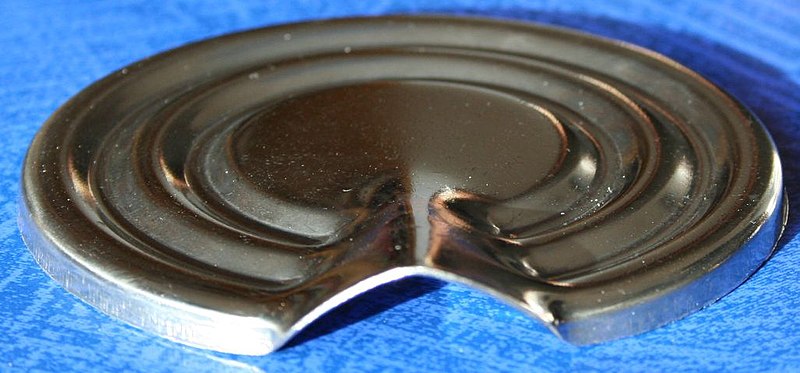Hello,
A few weeks ago I asked in the Appliance Forum about the inadequacy of a 13,500 btu gas burner on a brand new range that can't boil water properly with the lid off of the pan*--and thanks again for the many responses.
My follow up is about how I can adjust to this poor piece of equipment, specifically: Are there any ill effects from boiling pasta with the lid on, or mostly on? Will it be soggy, sticky, or otherwise affect the texture...? (I assure you there's no danger of the water boiling over, not with this sorry burner.) What about potatoes or any other foods you usually boil in large quantities of water uncovered?
This probably seems like a really naive question; in Web searches, the only reasons I've found for not covering pasta water is to keep the water from boiling over.
Thank you
Steve
If you're a glutton for tangential details:
*Just to give an idea of the poor design of this range, it takes 5.5 (!) minutes to bring a single quart of room temperature water to a rolling boil in a large aluminum sauce pan with a large surface area on the bottom, and it Will Not maintain a rolling boil for a gallon of uncovered water. Technician found nothing wrong with the flame, & the gas pressure is OK.)
Anyone considering buying a Frigidaire gas range, think twice. Shouldn't the flame at least reach the bottom of the grate? I guess the heavy duty grates in this case are all for show.
A few weeks ago I asked in the Appliance Forum about the inadequacy of a 13,500 btu gas burner on a brand new range that can't boil water properly with the lid off of the pan*--and thanks again for the many responses.
My follow up is about how I can adjust to this poor piece of equipment, specifically: Are there any ill effects from boiling pasta with the lid on, or mostly on? Will it be soggy, sticky, or otherwise affect the texture...? (I assure you there's no danger of the water boiling over, not with this sorry burner.) What about potatoes or any other foods you usually boil in large quantities of water uncovered?
This probably seems like a really naive question; in Web searches, the only reasons I've found for not covering pasta water is to keep the water from boiling over.
Thank you
Steve
If you're a glutton for tangential details:
*Just to give an idea of the poor design of this range, it takes 5.5 (!) minutes to bring a single quart of room temperature water to a rolling boil in a large aluminum sauce pan with a large surface area on the bottom, and it Will Not maintain a rolling boil for a gallon of uncovered water. Technician found nothing wrong with the flame, & the gas pressure is OK.)
Anyone considering buying a Frigidaire gas range, think twice. Shouldn't the flame at least reach the bottom of the grate? I guess the heavy duty grates in this case are all for show.


